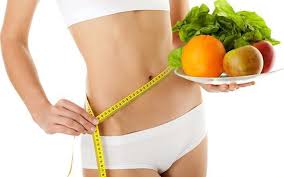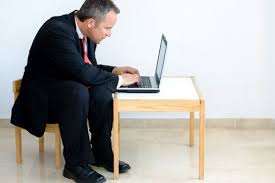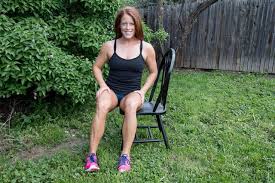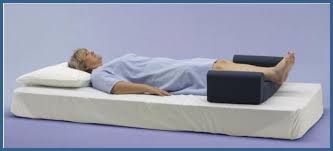So many conditions can cause veins to bulge. It could happen due to older age, pregnancy, thrombophlebitis, and congenitally defective valves in the veins. You may have to talk to your doctor to know what causes veins to bulge, but you can still try a number of ways to improve your condition.
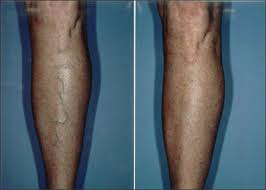
What Causes Veins to Bulge?
Dilated and swollen veins can show up anywhere in your body, and they can be quite painful at times. Here are some of the possible causes of having those swollen veins.
- Varicose Veins: Spider veins or varicose veins are usually the underlying cause of bulging veins. These veins are usually blue or dark purple in color and appear distorted too. Most people usually have them on the legs and feet, but they can show up on other parts of the body as well. These veins can become quite painful when you sit or stand for extended hours. You can also have a milder version of varicose veins, called spider veins, but they usually appear on the face.
- Venous Insufficiency: There are valves inside each vein that keep the blood from flowing backward. Sometimes, the walls of the veins become weak, making it difficult for them to work properly. This would cause the blood to pool inside those veins, which leads to a condition called venous insufficiency. While the condition usually affects deeper veins inside your leg, it can also affect veins near the surface of your skin.
- Pregnancy: You are at a greater risk of developing varicose veins in pregnancy. This is due to an increased pressure on the veins throughout your pregnancy, and this may make it difficult for the blood to move back to the heart. This could very well be the answer to what causes veins to bulge.
- Old Age: The walls of your veins have a type of muscle that helps send the blood back to your heart, but these walls may become weak with age. This would make them more elastic and keep them from supplying the blood back to the heart. When there is blood pooled up in the veins, you will end up noticing a bulge or swelling.
- Exercise: You may notice your veins to bulge when you engage in strength training. This usually happens due to an increase in arterial blood pressure, which in turn will force the plasma to pool around your muscles and make them hard and swollen. When you develop muscles in your body due to regular exercise, your veins are likely to become more prominent because your muscles push them to the surface of your skin.
How to Deal with It
Now that you have gathered the idea that so many things can make veins to bulge, but you may be wonder what you can do to resolve the issue. It is important to identify the underlying cause of what causes veins to bulge in your case, but the following steps may still help.
Quit Smoking
You should stop smoking if you do not want to deal with bulging veins. Not only can smoking lead to swollen veins, it can also cause all sorts of health problems. It happens because cigarette smoke contains harmful substances that damage your blood vessels, including the venous walls. If you do not stop smoking, your veins will continue to become dilated, which in turn will lead to swelling.
Lose Some Weight
You may have to deal with varicose veins when you are overweight. In this situation, a simple solution is to pay attention to your diet and lifestyle to lose weight. You may have to work with a dietician to learn what you can do to reduce your caloric intake. You have to limit portion sizes as well and include lean proteins in your diet. Also, opt for whole grain cereals, low-fat dairy, healthy oils, fibers, and fresh fruits and veggies. Stay away from sweets and food rich in hydrogenated fats. Avoid eating processed and fried meals to control your weight.
Exercise Regularly
You need to have an active lifestyle and exercise regularly. You should opt for exercise that would stimulate your legs muscles. It improves the flow of blood in your legs and also helps you burn some calories, which will help if you are a bit overweight. You do not have to spend hours in the gym to get good results. Simple activities such as swimming, jogging, and even walking can work wonders to treat bulging veins.
Do Not Sit or Stand for Long Periods
If you already have varicose veins, sitting or standing for extended hours would lead to serious pain. You should take short breaks after a few minutes of sitting or standing and change your position. Do not sit with your legs crossed, as this will also put you at an increased risk of developing varicose veins.
Try Leg Stretches after Sitting
If your job involves long hours of sitting, you may consider taking short breaks and doing some leg stretches. Simply sit with your legs in front of you. Straighten your legs and ensure that only your heels are in contact with the ground. Now, curl your toes that they start pointing towards you. Maintain this position for 30 seconds and then point your toes to the other direction – that is, away from you. Hold this position for another 30 seconds.
Elevate Your Legs
If you have varicose veins or have bulging veins in your feet or legs, you may consider elevating your legs for some time daily. Simply lie down and lift your legs up. Stop when they are above the level of your heart. You can simply keep a few pillows under your legs to keep them elevated for a few minutes. Ensure that you do not repeat the same more than six times a day, as it can be harmful for your vein's walls.


